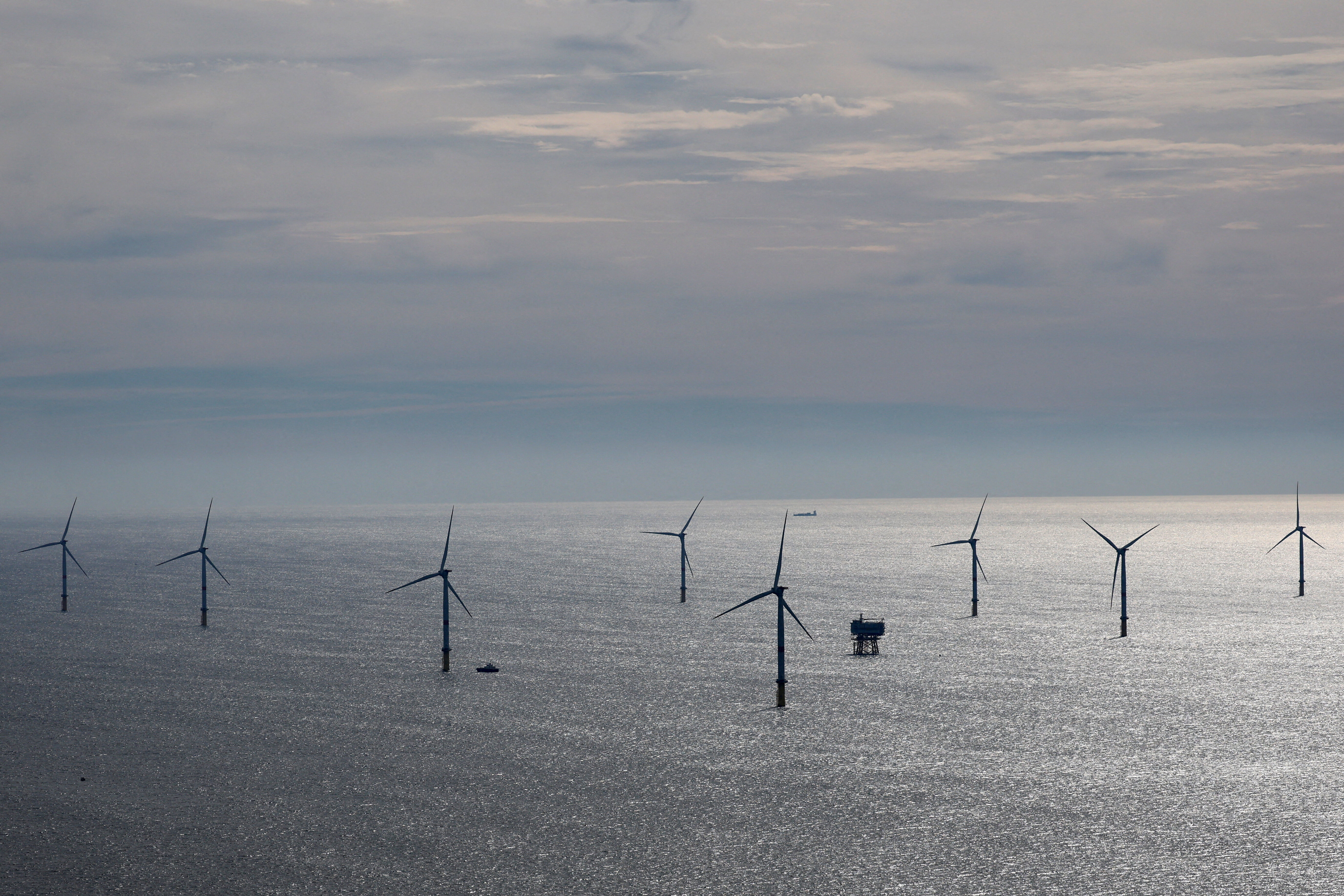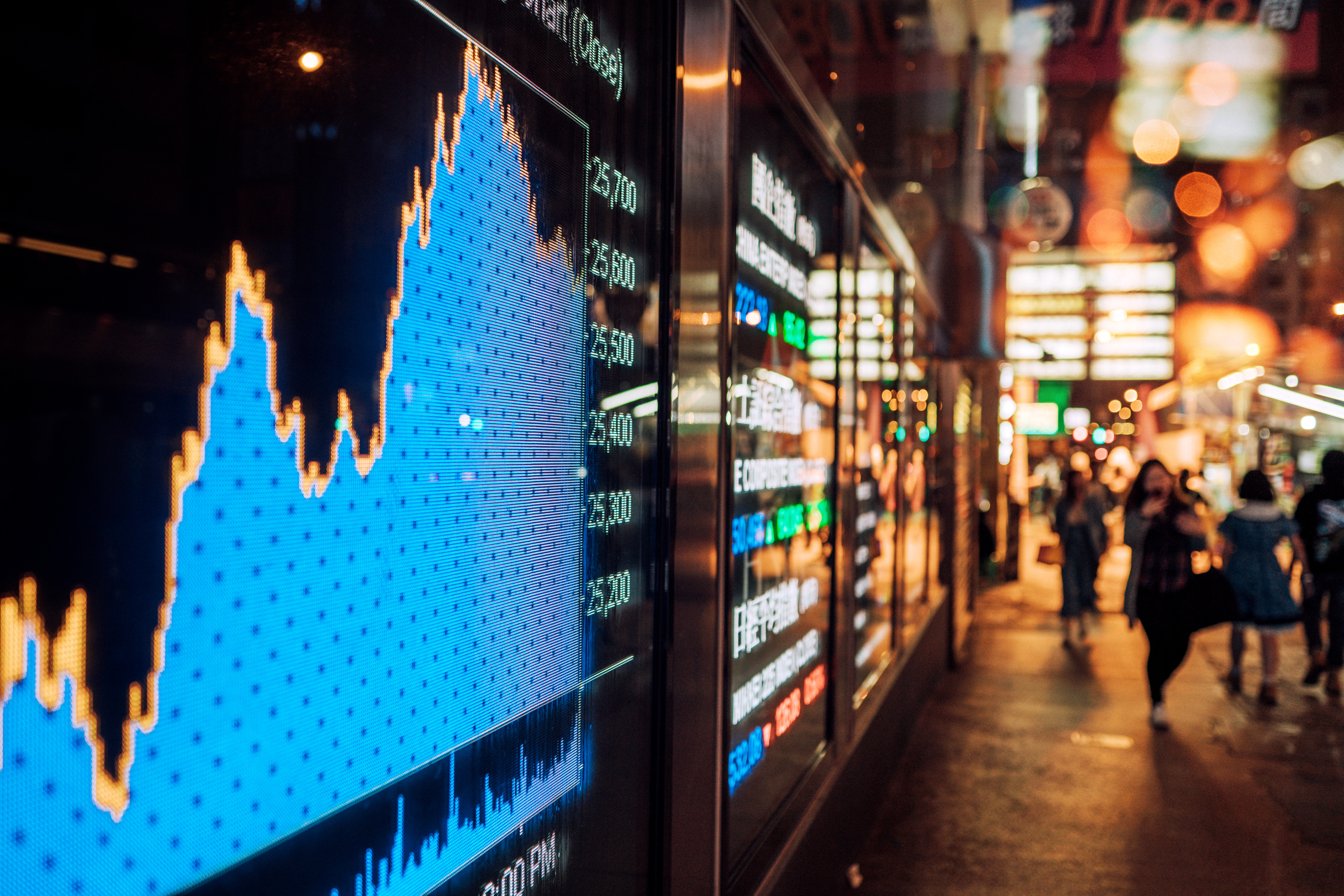How protecting the biodiversity of our planet protects us all

The number of living animals, including mammals, birds, reptiles, amphibians and fish, has been halved since 1970, according to WWF’s Living Planet Report. The pace at which species are becoming extinct is 1000 times higher than the natural rate of extinction, and we are currently experiencing the largest extinction wave since the disappearance of the dinosaurs. We are destroying life on earth at an unprecedented pace.
Biodiversity is finally a top priority on the international development agenda when the heads of states of more than 160 countries meet in New York on September 25 to agree the 17 Sustainable Development Goals (SDGs). The SDGs acknowledge the clear connection between environment and development by integrating sustainability in all 17 of the Global Goals.
SDG 15 aims to, “Protect, restore and promote sustainable use of terrestrial ecosystems, sustainably manage forests, combat desertification, and halt and reverse land degradation and halt biodiversity loss”. The inclusion of this goal points to a global recognition that healthy ecosystems are the foundation of poverty reduction and sustainable development.
Our life supporting system
All human activities depend on healthy ecosystems. These ecosystems provide services such as clean water, arable land for agriculture, fish, timber, pollination and nutrient cycling required for crops, which enable us to grow and harvest the food we need to feed our increasing population and to build our economies. Furthermore, robust, intact ecosystems are more resilient to a changing climate. So protecting biodiversity is not about saving charismatic species for the sake of curiosity and science, but it is crucial for life on earth.
Loss of biodiversity increases poverty
Eventually we will all suffer from continued loss of biodiversity and eroding ecosystems, but the poor will suffer first. Globally, more than one billion people living in poverty rely directly on biodiversity and healthy ecosystems to meet their basic needs, such as for fuel for cooking and for obtaining their daily food. Biodiversity loss, environmental degradation and poor environmental governance deprive society of its natural resource base, pushing vulnerable groups deeper into poverty, and exacerbating inequality among social groups.
Putting nature first
Implementing the SDGs will require a shift of trillions of dollars and strong political will to fundamentally change the practices that are degrading the environment and causing biodiversity loss. We must incorporate sustainable practices throughout the global value chains, establish effective governance in order to fight poaching and illegal trade in wildlife, fish and timber, and we must support rural communities to sustainably manage the immense values of a healthy ecosystem.
In short, nature must come first in everything we do, because everything we do depends upon a healthy planet.
Biodiversity as a global public good
The initiative for Reducing Emissions from Deforestation and Forest Degradation (REDD+) is a good example of how simple new ways of thinking can have massive effects. The principle is simple. By paying for forests to not be cut down, the program stimulates local development through sustainable use of the forest and contributes directly to the protection of a global public good. In this case, the global public good materializes through the forests’ ability to capture and store carbon, but it could just as well have been their ability to house a considerable part of the planet’s biodiversity.
New business models
The private sector is a crucial driver in this shift to sustainable development, production and consumption. Realizing that their supply might be in danger, companies directly involved in harmful practices can become drivers of positive change by changing their business practices.
It is gratifying to see that world leaders are recognizing biodiversity’s critical and life supporting role. In order to halt biodiversity loss worldwide, as the achievement of Goal 15 requires, this recognition must be acted upon at a global scale. It must be underpinned by a political will to create an economic system that invests in biodiversity rather than destroys it. This is the ambition of SDG15 and we applaud global leaders for having the courage to address it.
Have you read?
5 reasons why climate change may be worse than we think
How achievable are the development goals?
Why we are all responsible for solving climate change
Author: Nina Jensen is the Chief Executive Officer of WWF-Norway and a Young Global Leader.
Image: Tourists snorkel near a turtle as it looks for food amongst the coral in the lagoon at Lady Elliot Island north-east of the town of Bundaberg in Queensland, Australia REUTERS/David Gray
Don't miss any update on this topic
Create a free account and access your personalized content collection with our latest publications and analyses.
License and Republishing
World Economic Forum articles may be republished in accordance with the Creative Commons Attribution-NonCommercial-NoDerivatives 4.0 International Public License, and in accordance with our Terms of Use.
The views expressed in this article are those of the author alone and not the World Economic Forum.
Stay up to date:
Sustainable Development
Forum Stories newsletter
Bringing you weekly curated insights and analysis on the global issues that matter.
More on Sustainable DevelopmentSee all
Dr Gideon Lapidoth and Madeleine North
November 17, 2025







